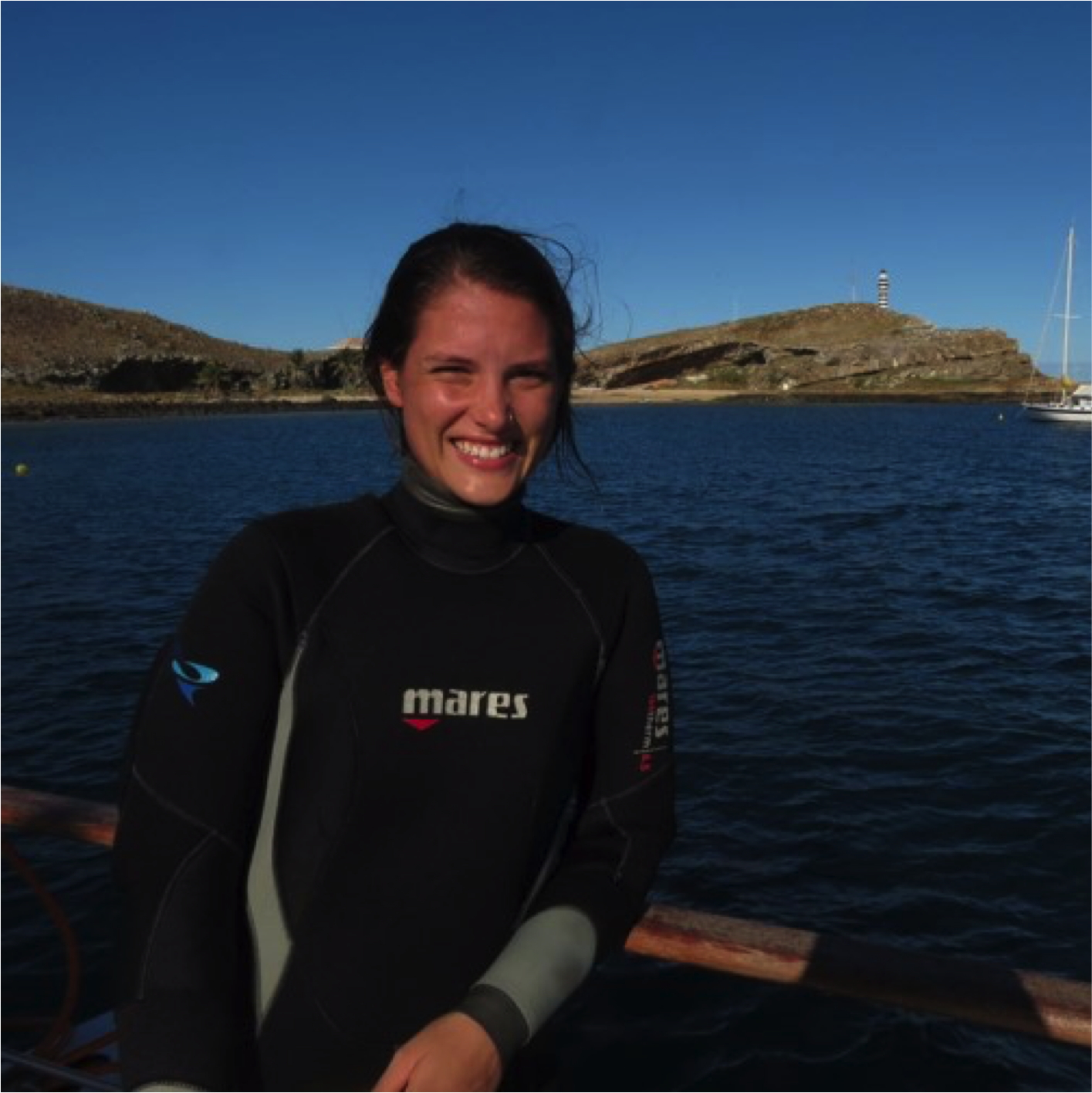The effects of marine protected areas on the fish fauna in Brazil: an assessment using stereo-videos
 The establishment of no-take marine protected areas (MPAs), i.e. areas with total fishing restrictions, has been an alternative worldwide aiming to preserve both biodiversity and ecosystem functions. Brazil has important marine reserves with few studies describing its relevance and efficiency for marine life. With this, the central objective of this study was to evaluate the effects of MPAs to fish fauna abundance, richness, biomass and size of individuals. For this purpose, innovative techniques in Brazil, Baited Remote Underwater Stereo-videos (stereo-BRUVs) and also Diver Operated Stereo-videos (stereo-DOVs) have been used to describe and evaluate the effects of Tupinambás Ecological Station (São Paulo State) and the National Marine Park of Abrolhos (Bahia State) in reef fish assemblages.
The establishment of no-take marine protected areas (MPAs), i.e. areas with total fishing restrictions, has been an alternative worldwide aiming to preserve both biodiversity and ecosystem functions. Brazil has important marine reserves with few studies describing its relevance and efficiency for marine life. With this, the central objective of this study was to evaluate the effects of MPAs to fish fauna abundance, richness, biomass and size of individuals. For this purpose, innovative techniques in Brazil, Baited Remote Underwater Stereo-videos (stereo-BRUVs) and also Diver Operated Stereo-videos (stereo-DOVs) have been used to describe and evaluate the effects of Tupinambás Ecological Station (São Paulo State) and the National Marine Park of Abrolhos (Bahia State) in reef fish assemblages.
About me
I previously graduated from the São Paulo State University (UNESP), Brazil, with a Bachelor of Biological Sciences, with an exchange at the University of New Brunswick in Canada. I also hold a master’s degree in Aquaculture and Fisheries by the Fisheries Institute of São Paulo and currently I am a PhD candidate at the Elasmobranch Research Laboratory of UNESP, in partnership with the Marine Ecology Group at UWA. I am interested in marine ecology, elasmobranch biology and fisheries dynamics, focused on the management of marine protected areas.
Supervisors
Dr. Otto Gadig and Dr. Tim Langlois
Contact
Indian Ocean Marine Research Centre
School of Biological Sciences (M470)
35 Stirling Highway, Crawley WA 6009</p>
fernandarolim2@gmail.com
+61 8 0478 573 960
Google Scholar
ResearchGate
